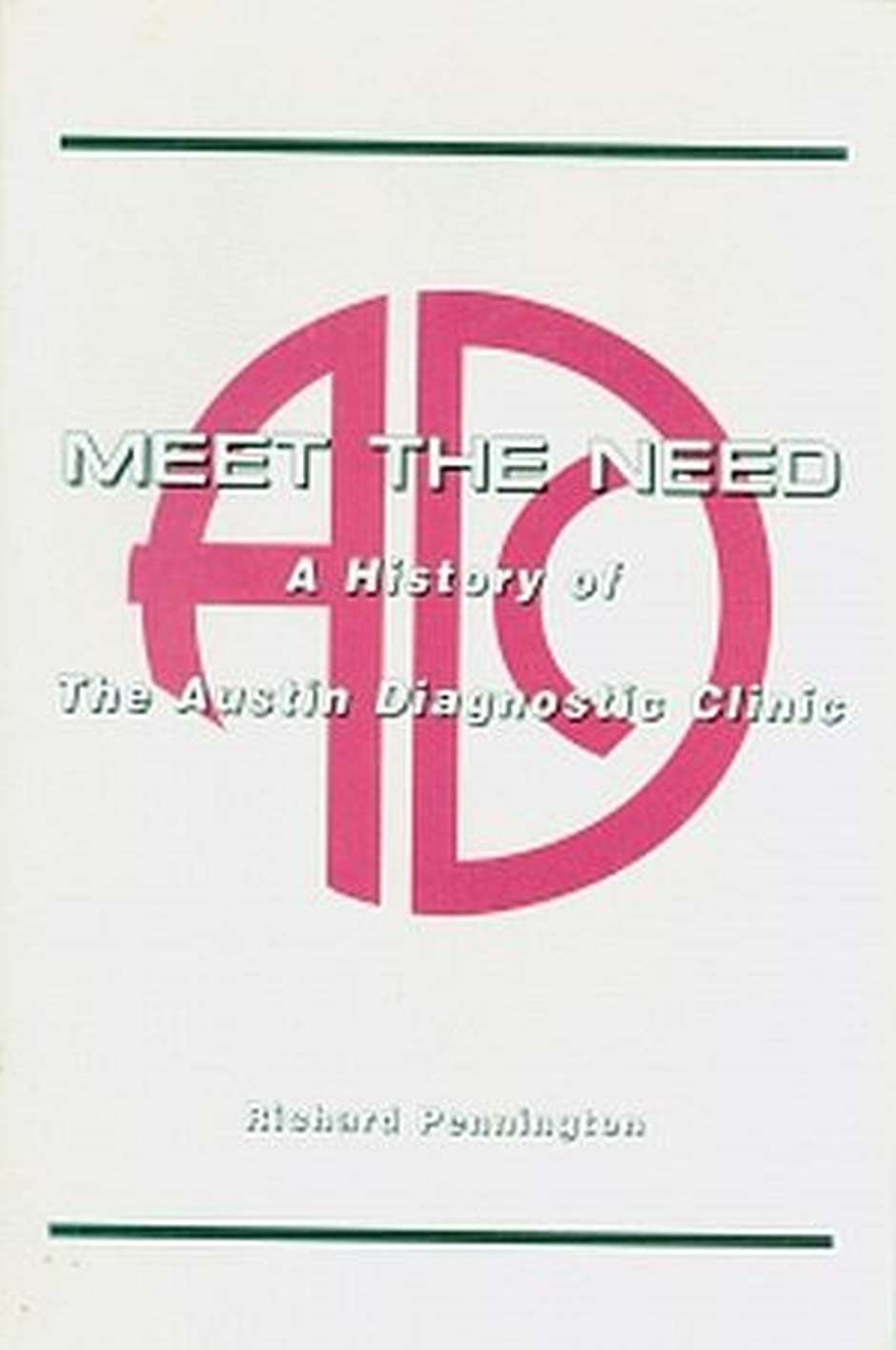Description
This, another “sponsored” book, came about when my long-time friend, Margaret Berry, introduced me to Henry Renfert, her retired doctor. He had founded the Austin Diagnostic Clinic back in 1952—the year of my birth, for what that’s worth—and wanted to have its history documented. I agreed to write the book in exchange for a moderate sum.
It took me about a year from start to finish, so I have definitely had longer projects. Nevertheless, this was tough for two reasons: (1) I had no more than a layman’s understanding of medicine and health care, and (2) a few of the doctors and administrators with whom I dealt had egos that frequently had to be soothed. Some wanted to be sure they were given sufficient credit for things that had gone right in the clinic’s history or they refused to take any blame for snafus, bungled policies or embarrassing incidents. And make no mistake, I learned where at least a few of the bodies were buried in the process of my research. Some of the ADC doctors had hesitated or flat-out refused to treat AIDS patients in the early 1980s, a fact that did not reflect well on the institution. Dr. Jack Moncrief and the other guys who ran the nephrology department got a windfall when the federal government started funding dialysis treatment, and that irked colleagues elsewhere.
I traced how the clinic had started with four doctors—Renfert, Virgil Lawless, Leonard Sayers and Homer Goehrs in a small office in downtown Austin, moving to bigger places near the University of Texas campus and then—coinciding perfectly with the publication of my book—to a $120 million state-of-the art joint on the north side of the city.
There were times when I had doubts that we would ever see a book published. Bob Spurck, the head honcho, went along mostly because Renfert wanted it done. And Renfert still carried a lot of weight although he had hung up his stethoscope several years earlier. We had countless interviews and informal meetings at his house on Lake Austin and at restaurants ranging from greasy spoons to five-star establishments where I had to use my very best manners. Hank, as he insisted I call him, had come from money, invested wisely and had a few million in the bank. As you might expect, he wanted to be portrayed kindly and told me in no uncertain terms not to make mention of the time he developed a drinking problem and had to be sent away to dry out. It was not the first time I have shaded the truth, but I do think the story was told in a fairly objective way. The book’s title came from the response Renfert used to give to those who questioned ADC’s steady growth over the decades. “There’s obviously a need for our services,” he would say, “so let’s meet the need.”


Reviews
There are no reviews yet.